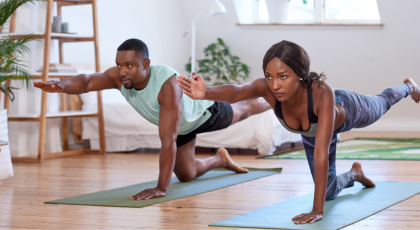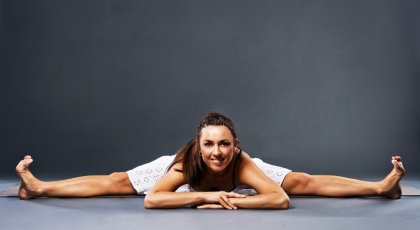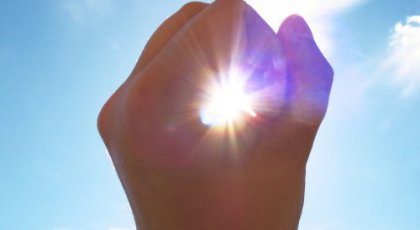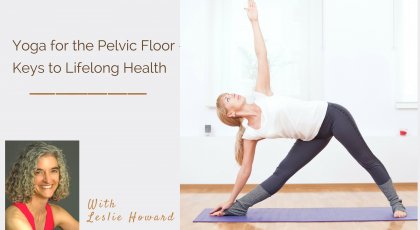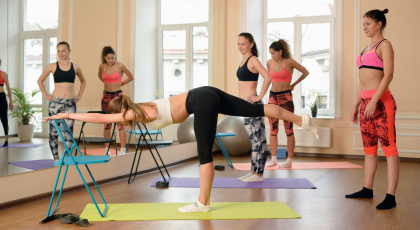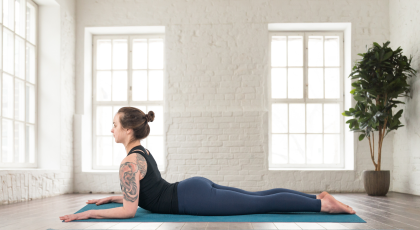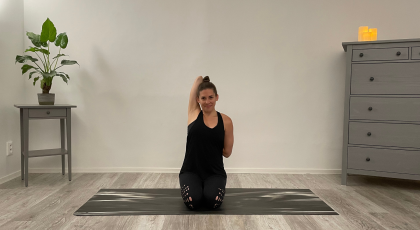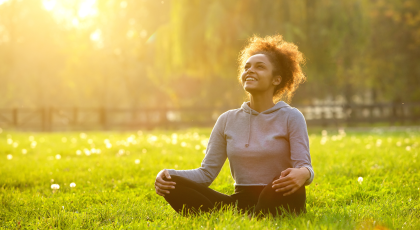View basket (0 items $0.00)
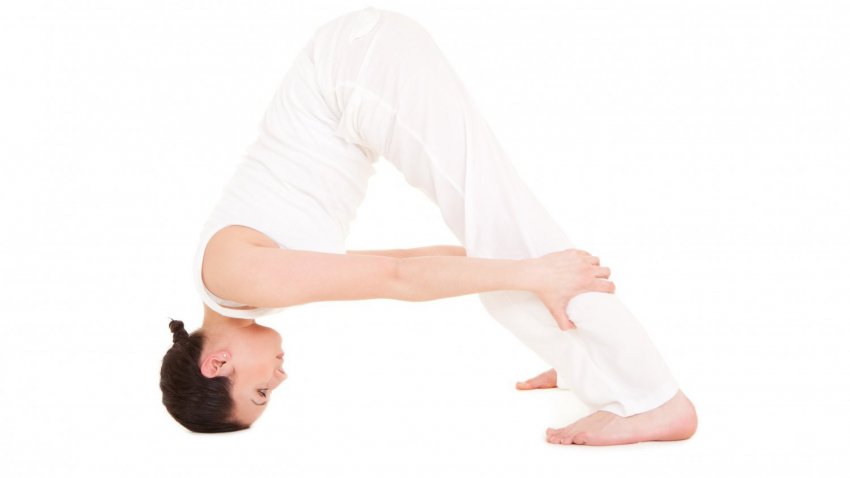
A Quick Test of Heart Disease Risk: Can You Touch Your Toes?
Many people come to yoga for help with back pain, stress, or simply to try out a new form of fitness. But here’s a new twist (pun intended) on what stretching does for your body: New research indicates that flexibility in the body may be related to flexibility of the arteries, and thereby to cardio-vascular health.
The study, published in the American Journal of Physiology, indicates that, among people 40 years and older, the ability to bend over in a sitting position and touch your toes might be correlated with the risk for heart attack or stroke. Inability to perform this simple task could mean that your arteries have lost flexibility and become stiff and rigid.
Healthy arteries are flexible and elastic, which helps keep blood pressure normal. Age-related stiffening of the arteries is a precursor of the loss of arterial integrity, which leads to high blood pressure, a propensity to develop blood clots in the linking of the arteries, and possibly stroke and heart attack.
The study included 526 healthy, non-smoking, normal-weight adults, between 20 to 83 years old. Participants were asked to perform what the researchers called a sit-and-reach test (yoga practitioners will recognize it as Paschimottanasana): Sitting on the floor with their back against the wall and their legs straight, participants reached their arms forward by bending at the waist. Based on how far towards their toes they could reach, study participants were then classified as poor- or high-flexibility.
The flexibility scores were then correlated with participants’ blood pressure, cardio-respiratory fitness, and the speed with which pulse beats travelled through the body. The researchers found that trunk flexibility predicted artery stiffness in middle age and older participants, but not in younger participants. Among the middle age and older participants, systolic blood pressure (the peak pressure that occurs as the heart contracts) was higher in people with poor flexibility than in the high-flexibility group.
Why would arterial flexibility be related to the flexibility of the body as we get older? One reason, the researchers speculate, is that stretching starts a physiological chain reaction, which slows down or counteracts age-related arterial stiffening. Muscles are made flexible by collagen and elastin and when the production of these is stimulated through stretches, it may also keep arteries flexible, in turn reducing the risk of heart disease and stroke.
So here comes the million dollar question, can yoga stretches counteract the arterial stiffening that precedes heart disease and stroke? The researchers believe so. They point to another recent study of middle age and older adults who improved the flexibility of their carotids, after engaging in a regular stretch exercise program. The carotid artery is a major artery found in the neck, and one of the main arteries involved in stroke.
“The findings suggest a possibility that improving flexibility induced by the stretching exercise may be capable of modifying age-related arterial stiffening in middle-aged and older adults,” said Dr. Yamamoto, one of the researchers. “We believe that flexibility exercise, such as stretching, yoga and Pilates, should be integrated as a new recommendation into the known cardiovascular benefits of regular exercise.”
Our Comments: The study casts new light on why yoga therapy helps lower blood pressure naturally. One limitation is that the researchers failed to control for the effects of tight hamstrings, which any yoga therapist knows is a seriously limiting factor in Seated Forward Bend (Paschimottanasana) for many people. Nonetheless, the link between muscular and arterial flexibility makes intuitive sense. In our 50+ yoga therapy clients, we have observed that trunk flexibility is often lost in the rotational dimension as well—more than half of our yoga therapy clients 50 years and up have lost the ability to do even a simple twist. We also observe this in many clients who seek yoga therapy for help with back pain.
Featured Courses
